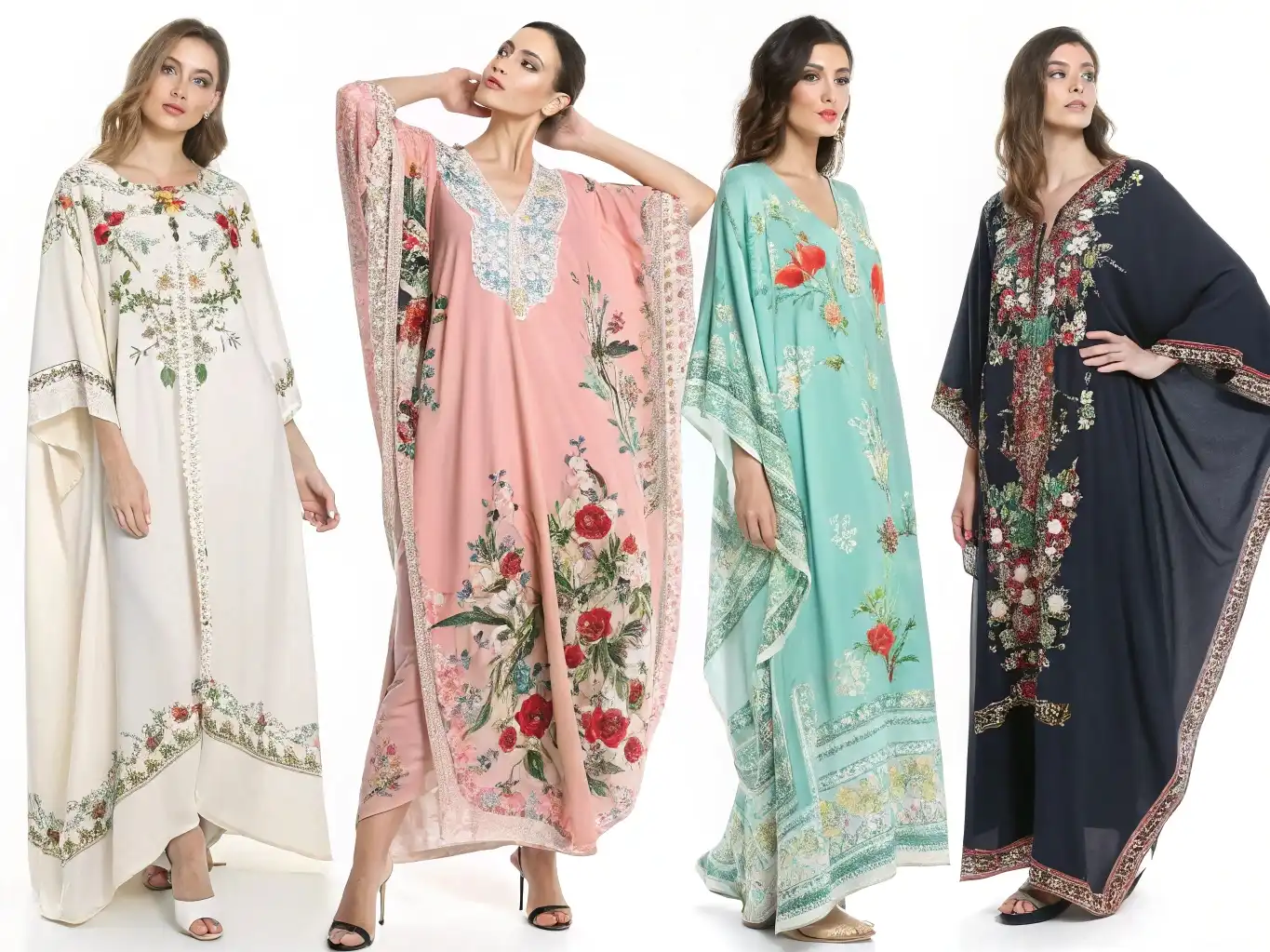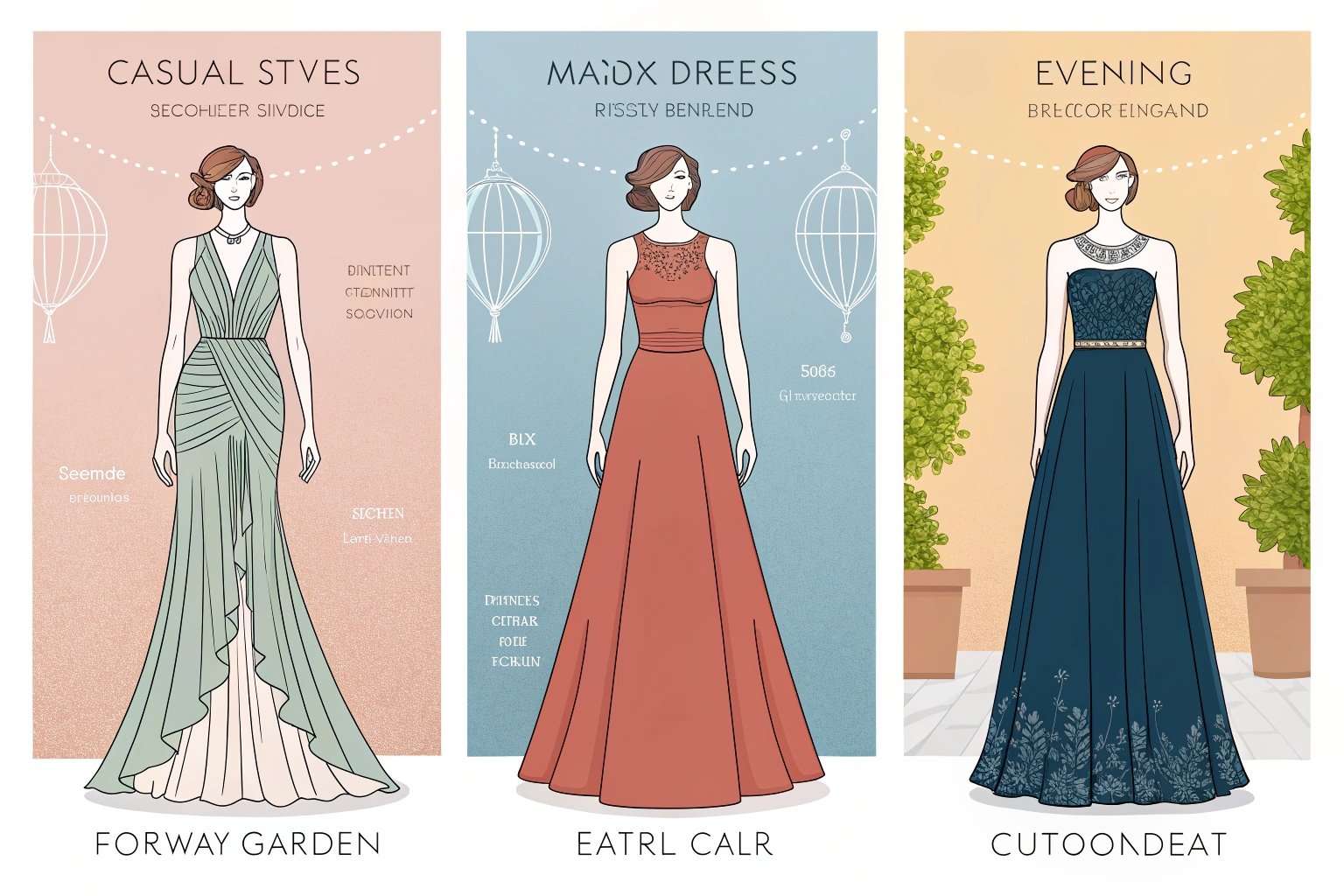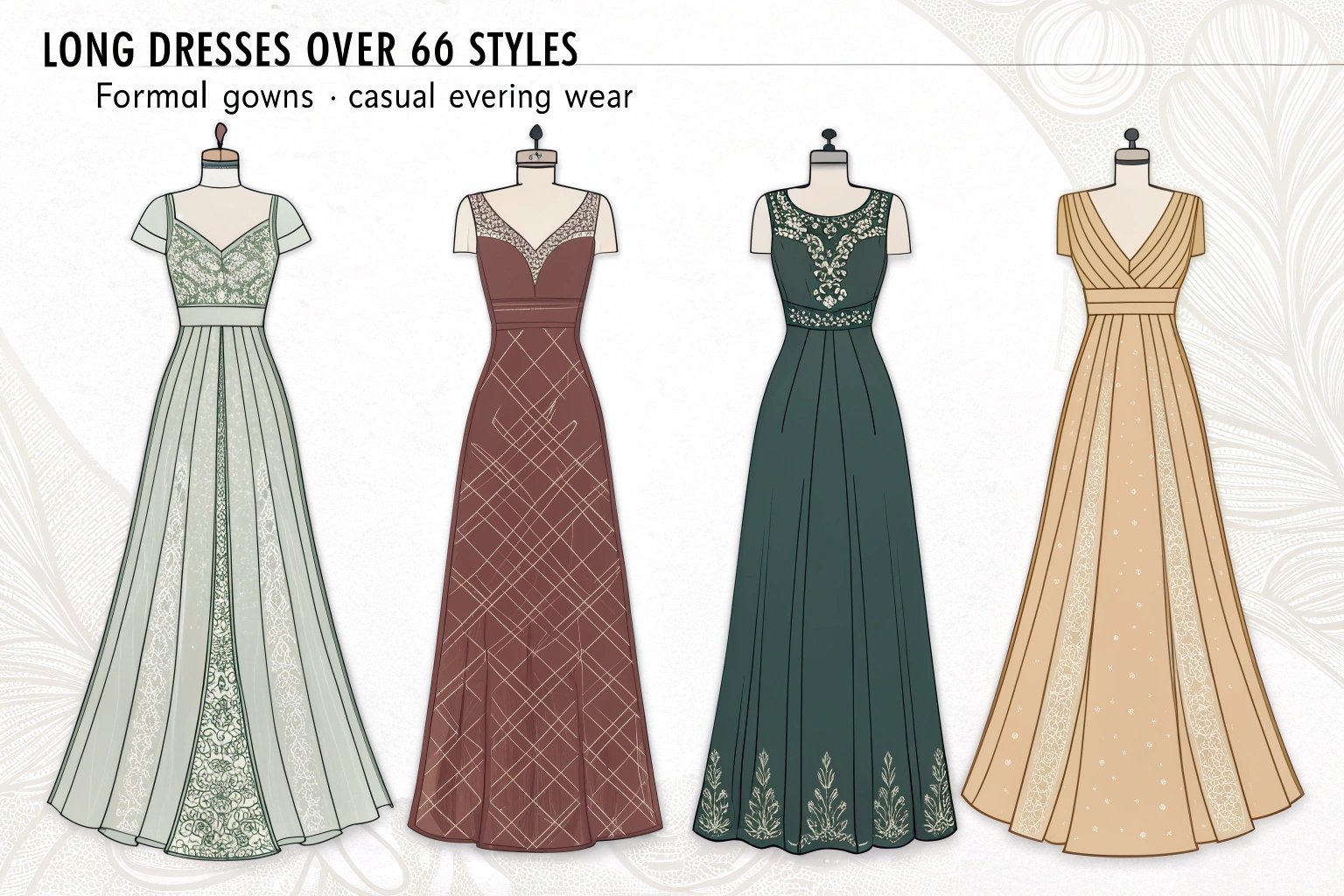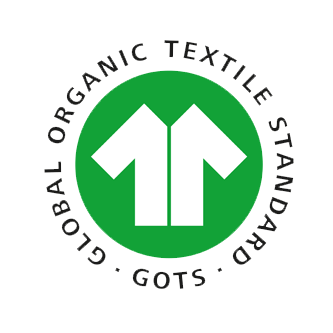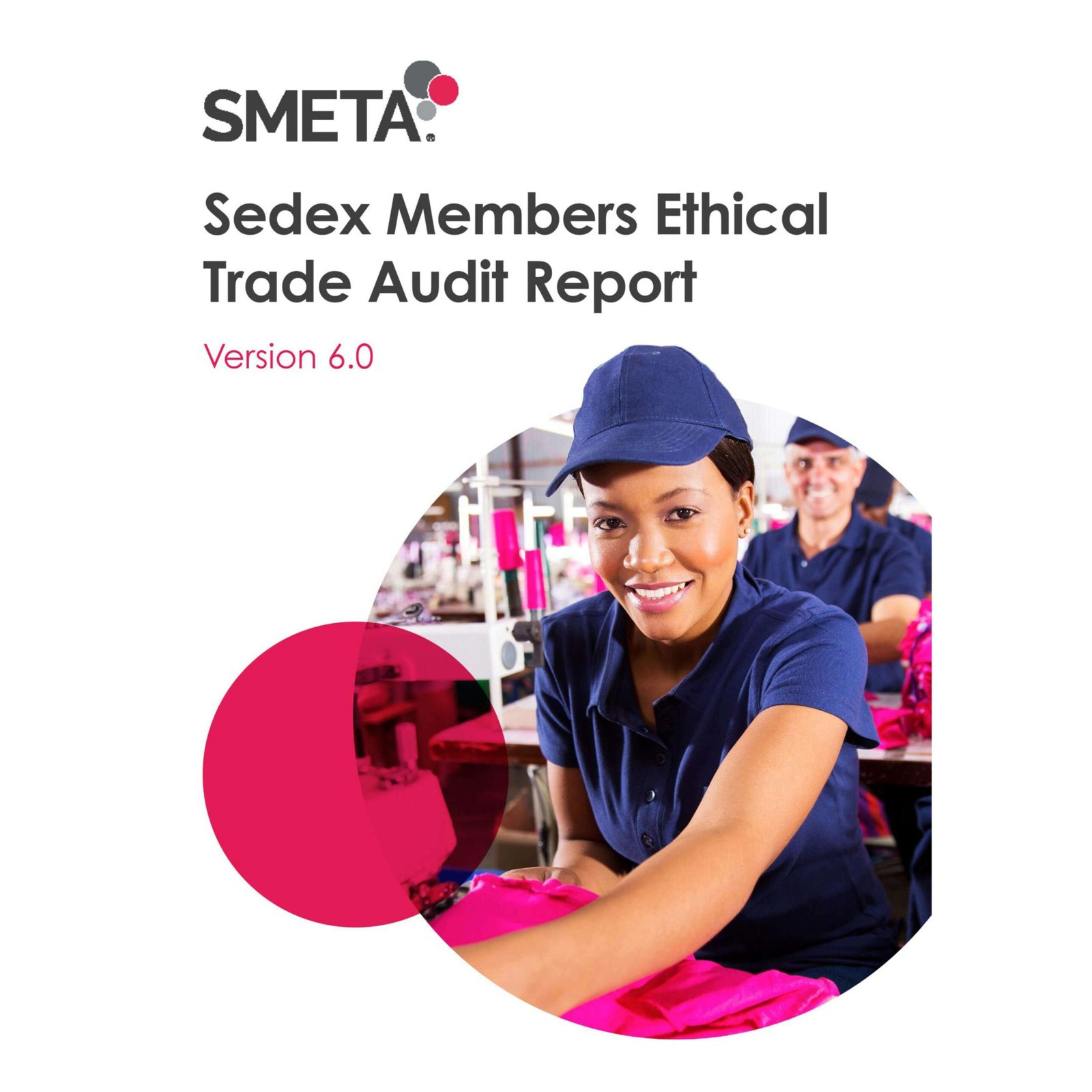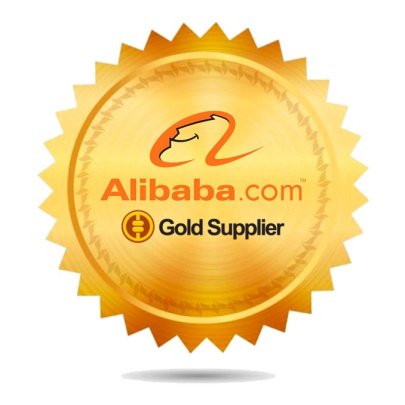Starting a clothing brand is exciting, but finding the right dresses manufacturer1 often feels overwhelming. With so many options and hidden risks, one wrong choice can delay your launch, hurt your quality, or drain your budget before you ever reach customers.
To find a reliable dresses manufacturer, you need to know your production needs2, research thoroughly across trusted platforms, ask the right questions, and build a transparent, mutually beneficial relationship. Avoiding common pitfalls is essential for a successful, stress-free brand launch.
When I launched my own label, I realized the manufacturer you choose determines not only the quality of your dresses, but the entire trajectory of your startup’s growth. Here’s how I learned to avoid mistakes and build long-term partnerships.
What Should You Know Before Searching for a Dresses Manufacturer?
Before you reach out to any factory, you need a solid foundation of knowledge. This helps you filter options and avoid costly trial and error.
There are several types of clothing manufacturers: CMT3 (Cut, Make, Trim), OEM4 (Original Equipment Manufacturer), and ODM5 (Original Design Manufacturer). Each operates differently in terms of service, pricing, and design input. Choosing the right dresses manufacturer is critical because the wrong partner can lead to missed deadlines, poor quality, and higher costs—potentially sinking a startup before it even grows.
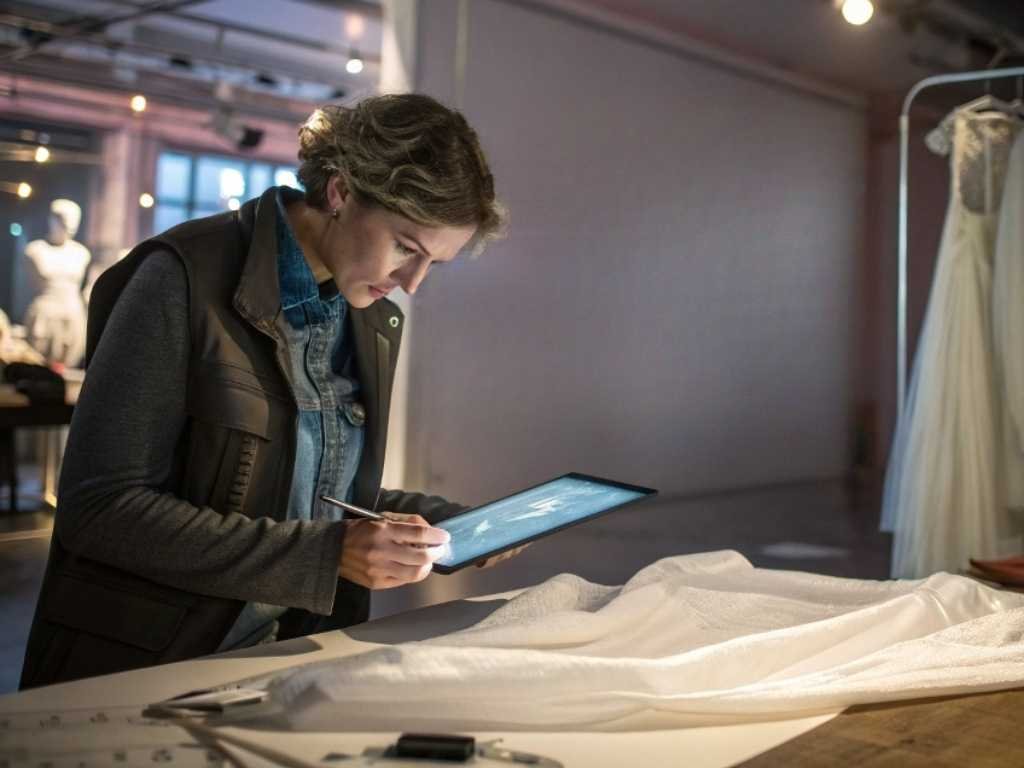 Creative Design Work
Creative Design Work
Understanding Manufacturer Types and Their Roles
| Manufacturer Type | What They Do | Pros | Cons |
|---|---|---|---|
| CMT | You provide design & materials; factory cuts/sews | Full control over materials/design | Requires expertise and more work |
| OEM | You provide designs; factory sources materials and produces | Less work for you, scalable | Less control over sourcing |
| ODM | Factory handles design, sourcing, and production | Fastest route, easy for startups | Designs may lack uniqueness |
Why It Matters
- CMT is ideal for established brands with clear specifications.
- OEM suits those who want to retain design control but simplify logistics.
- ODM is great for startups seeking speed but with less custom design input.
Choosing the wrong structure can lead to costly adjustments, delays, or even compliance issues down the line.
Why Choosing the Right Dresses Manufacturer Is Crucial for Startup Success?
Selecting your manufacturer is about more than price—it’s about protecting your brand reputation and enabling future growth.
A reliable dresses manufacturer ensures on-time delivery, consistent quality, transparent communication, and fair terms. These factors directly impact your launch timeline, product reviews, and brand loyalty—especially critical for startups with limited resources.
Real Startup Risks from Bad Manufacturer Choices
- Delayed Launches: Missed deadlines can blow your budget and lose your momentum.
- Quality Issues: Poor finishing, sizing errors, or inconsistent fabrics damage your reputation fast.
- Unclear Communication: Misunderstandings about specs or timelines can lead to unusable stock.
- Hidden Costs: Unexpected fees or misquoted pricing can wreck your cash flow.
By learning from these common mistakes, you can save yourself from a lot of stress and set up your business for growth.
Where Can You Find Verified Dresses Manufacturers for Your Brand?
With thousands of factories online, knowing where to look is half the battle. The right platforms and resources can save you weeks of wasted time.
You can find dresses manufacturers through B2B platforms like Alibaba, industry-specific directories such as Maker’s Row (USA), and at global trade fairs like Canton Fair or MAGIC Las Vegas. Local and overseas options each have their pros and cons, and choosing the right channel depends on your quality, budget, and timeline needs.

Comparing Sourcing Platforms and Trade Fairs
| Platform/Resource | Strengths | Best For |
|---|---|---|
| Alibaba | Global reach, wide selection | Cost-sensitive, flexible MOQs |
| Maker’s Row | Verified US manufacturers, transparency | “Made in USA” brands, low minimums |
| Global Sources | Pre-vetted suppliers, Asia focus | Quality-focused startups, medium budgets |
| Trade Fairs | Direct interaction, hands-on sampling | Building relationships, large orders |
Local vs. Overseas Manufacturers
- Local (e.g. USA, EU): Faster shipping, easier communication, higher prices, easier quality control.
- Overseas (e.g. China, Vietnam): Lower costs, greater capacity, longer lead times, more complex logistics.
Matching your needs to the right sourcing channel helps prevent disappointments or costly surprises.
What Questions Should You Ask a Dresses Manufacturer Before Signing?
Asking the right questions before any agreement is crucial. These questions help reveal reliability, capacity, and red flags that may not show up in a sales pitch.
You should always ask about minimum order quantity (MOQ), lead times for samples and production, pricing structure, payment terms, and what’s included in each cost. It’s essential to review sample quality, request references or case studies, and clarify the factory’s approach to ethical labor, compliance, and environmental responsibility.
Key Questions and How to Evaluate Answers
| Topic | What to Ask | Why It Matters |
|---|---|---|
| MOQ | What is your minimum order quantity for dresses? | Affects your starting budget |
| Lead Time | How long for samples and bulk production? | Sets your timeline expectations |
| Pricing | What’s included? Are there extra fees for samples, revisions, or labels? | Avoids hidden costs |
| Sample Quality | Can I see previous work or current samples? | Ensures factory can meet standards |
| Ethical Practices | What certifications do you hold? Can I visit or video tour the factory? | Verifies labor/environmental claims |
| Past Clients | Do you have references or case studies? | Shows reliability and expertise |
Requesting a sample order before committing to a large run is a must. Never skip the reference check—happy brands are your best indicator of a manufacturer’s true reliability.
How to Build a Strong Working Relationship with Your Dresses Manufacturer
The best manufacturing relationships are built on transparency, respect, and ongoing communication. As a startup, you’ll need to be both clear and flexible to achieve long-term results.
Set expectations early with written contracts, clear tech packs/specs, and agreed timelines. Stay proactive with regular updates and open feedback. Address problems directly and focus on collaborative solutions for quality control or production issues.
Building Trust and Ensuring Consistency
- Contracts: Specify details on payment, IP, QC, timelines, and penalties for late delivery.
- Communication: Schedule regular check-ins; clarify changes immediately; keep all instructions in writing.
- Quality Control: Request in-line inspections or third-party audits for large orders.
- Problem-solving: Address issues calmly, seeking root causes, not just quick fixes.

Example Best Practices Table
| Practice | Why It Works | How to Implement |
|---|---|---|
| Written Agreements | Prevents misunderstandings | Use simple, clear language in contracts |
| Regular Updates | Keeps both sides aligned | Weekly emails or calls during production |
| QC Checks | Avoids surprises and waste | Factory/freight inspections before shipping |
| Continuous Feedback | Improves quality and partnership over time | Give actionable, specific feedback |
Investing in the relationship up front will help you scale smoothly as your brand grows.
What Are the Common Pitfalls When Choosing a Dresses Manufacturer – and How to Avoid Them?
Startup founders face many traps when selecting their first manufacturer, from hidden costs to reliability issues.
The most common red flags include unreliable lead times, unclear or shifting pricing, poor communication, and lack of transparency on sample quality or certifications. Many startups also make the mistake of focusing only on cost, skipping proper vetting, or neglecting to secure clear written agreements.
How to Avoid Costly Mistakes and Spot Red Flags
- Hidden Fees: Always request full quotes and clarify what’s included. Watch for vague language.
- Quality Inconsistencies: Check samples thoroughly and request production samples before mass order.
- Missed Deadlines: Get realistic production schedules and clarify penalties for late delivery.
- Unverifiable Claims: Ask for certificates, factory photos, or video calls; don’t trust only what’s on paper.
- Overpromising: Be wary of manufacturers who say yes to everything without reviewing your designs.
Why Startups Make Mistakes
- Rushing to production without proper research or contracts.
- Focusing on the lowest price, ignoring long-term value.
- Not investing time in relationship-building and clear communication.
Learning from these pitfalls protects your budget, timeline, and brand reputation from preventable setbacks.
Conclusion
Finding a reliable dresses manufacturer for your startup means knowing your options, vetting carefully, and building a transparent partnership from day one. Avoid common mistakes, ask the right questions, and focus on communication—your brand’s success depends on the choices you make here.
-
Explore this resource to understand the key factors in choosing a dresses manufacturer that aligns with your brand’s needs. ↩
-
This link will help you assess your production requirements effectively, ensuring a smoother manufacturing process. ↩
-
Learn about CMT manufacturing to understand its benefits and challenges for your clothing brand. ↩
-
Discover the advantages of working with OEM manufacturers and how they can simplify your production. ↩
-
This resource explains ODM manufacturing, ideal for startups looking for quick production solutions. ↩


